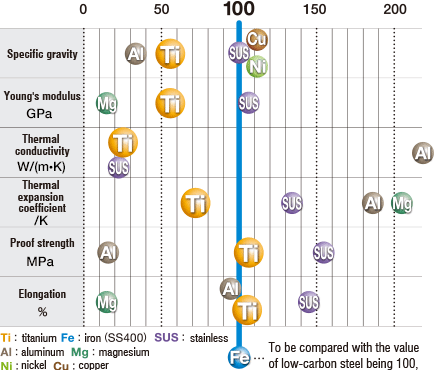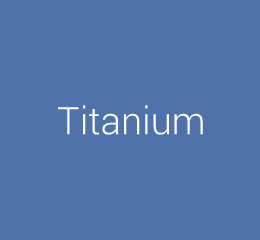
News
- Apr. 18, 2025 The civil engineering package has been updated with the addition of “Hat+H (Hat-type sheet pile for Deep excavation)” and “STEEL PIPE PILES with ribs x Sat-in Pile Foundation”.
- Apr. 02, 2025 Designing Metal TranTixxii to be Used in the Largest Quantity in the World on Taiwanese Temple Roof
- Mar. 10, 2025 Nippon Steel Obtained SuMPO EPD Certifications for Pipes and Tubes Used in Chemical Industry and for Boilers
- Dec. 12, 2024 Titanium with Aesthetic Appearance “TranTixxii” Service Life Warranty Launch —Launch of a maximum 150-year warranty through additional extensions—
- Oct. 31, 2024
Launch of the overseas version of ProStruct™, a solution brand for the construction industry
—Expanding the packaged series of steel materials and solution technology to overseas construction markets— - Oct. 30, 2024 Participation in the Japan Pavilion at ADIPEC, the Energy-Related Exhibition in the Middle East
- Oct. 07, 2024 Nippon Steel Obtained SuMPO EPD (Formerly EcoLeaf) Certificationsfor Its Hot Extruded Steel Shapes
- Jul. 10, 2024 Long-term OCTG supply contract with Aker BP renewed –Strengthens strategic partnership through stable supply of OCTG–
- Jul. 03, 2024 Long-term OCTG supply contract with Equinor renewed –Strengthens strategic partnership through stable supply of OCTG–
- Jun. 14, 2024 Acceptance of Orders for High-Alloy Seamless OCTG and Employment of Green Steel “NSCarbolex Neutral” Finalized for CCS to Be Used in Construction Project for Blue Ammonia Manufacturing Plant in the State of Qatar
- May. 15, 2024 Adoption of Coating Cycle Extension Steel “CORSPACE” for the First Time in Overseas ODA Bridge Construction
- Apr. 23, 2024 Participation in OTC, an Energy-Related Exhibition in the U.S.
- Mar. 22, 2024 Designing Titanium TranTixxii wins the European “iF DESIGN AWARD 2024” —The world's first non-ferrous metal material to receive the award—
- Sep. 28, 2023 The Adoption of “NSCarbolex Neutral” steel product for geothermal project in the Netherlands operated by 85 Degrees Renewables.
- Mar. 11, 2022 Nippon Steel's TranTixxii and NIPPON STEEL Stainless Steel Corporation's NSSC220M featured on the roof of an international conference center in Jiangsu, China
- April 22, 2021 Nippon Steel to Launch ZAM®-EX high corrosion resistant coated steel sheets for overseas markets
- Oct. 01, 2020 Our new product "FeLuceTM" (hairline-finished electroplated steel sheet) wins the Good Design Award 2020 ~Our first steel sheet to win the Good Design Award~
- Feb. 14, 2019 NSSMC Receives Shell’s Supplier Award
- Jul. 30, 2018 Execution of Strategic Partnership with BP Oman
- Jul. 30, 2018 "The beauty of distinctive gradations make people feel nature" was posted.
- Jul. 26, 2018 VAM® 21 HT CLEANWELL® DRY ST First Running
- Jul. 19, 2018 Steel Wires Joint Venture Company for Cold Heading and Forging in USA (NSCI) holds an Opening Ceremony
- Jun. 27, 2018 NSSMC and Standard Steel Receive TTX “Excellent Supplier 2017” Award
- May. 29, 2018 NSSMC Named a Top 100 Global Innovator in 2017 for Sixth Consecutive Year
- Apr. 25, 2018 Steel Wires Joint Venture Company for Cold Heading and Forging in USA (NSCI) Starts Commercial Production
- Apr. 17, 2018 Strengthening Supply System for Ultra-high-tensile Steel Sheets New CGL to be installed at Kimitsu Works
- Feb. 27, 2018 Nippon Steel & Sumikin Crankshaft, NSSMC’s manufacturing and sales subsidiary of crankshafts in the U.S., earns Diamond Supplier Award from Navistar
- Aug. 04, 2017 NSSMC’s proprietary titanium product TranTixxii™ is adopted for cladding of a theater in Jiangsu Province, China
Titanium, a Material with nearly infinite Possibilities
Titanium is well known for its properties of lightness, strength, and high-corrosion-resistance, but it is not so well known that there are other propertiess and what they are really capable of. Titanium is a 'new' metal that was discovered in 1790 and started to be produced industrially in 1948 after a long period of matuaration since its discovery. Because of its bountiful reserves and excellent bio-friendliness, titanium is a material friendly to the environment and humans. Through research and development this material has revealed neally infinite possibilities one after another.
![[Ti]Titanium: atomic number 22; atomic mass 47.867](/en/product/titan/feature/images_v3/feature_img_01.png)
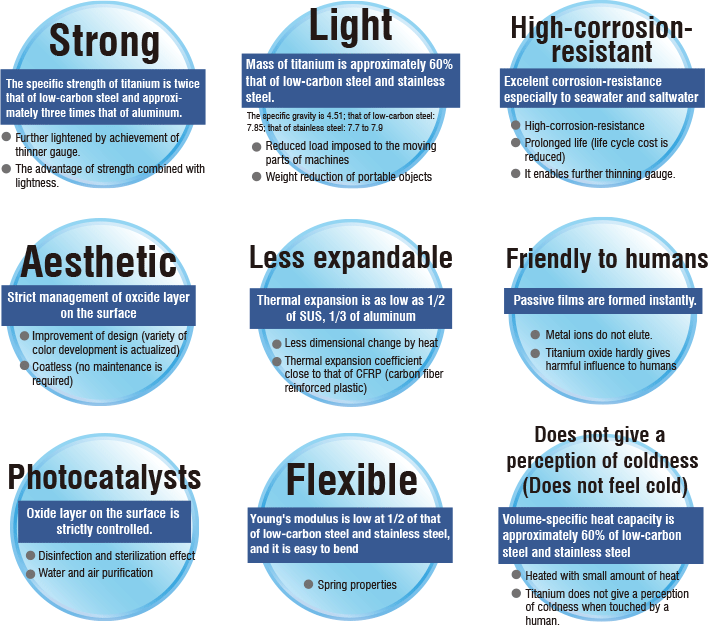
Processability of Titanium
- Titanium with formability in accordance with JIS class1 can be formed using almost the same tools, jigs, or machines as those for low-carbon steel and stainless steel. It also has excellent deep drawability.
- It can be seam-welded or spot-welded in the similar method as stainless steel in the atmosphere. For general welding (mainly by TIG welding), argon for its shield gas and other appropriate welding management are required. There is no concern about corrosion of welded portions nor stress corrosion cracking.
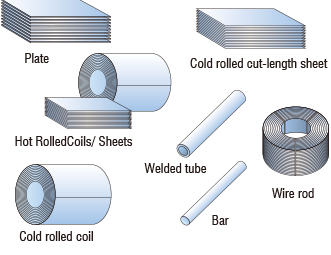
Economical Efficiency of Titanium
- Unit price per mass is more expensive than that of low-carbon steel and stainless steel, but titanium's low specific gravity reduces the difference per volume.
- Also, reduction in thickness of gauge is possible by virtue of its high specific strength and high-corrosion-resistance, which are sufficiently beneficial to users, taking into consideration reduced life cycle costs due to reduced maintenance costs.
- For example, there are several advantages in using titanium as building material products (roofs and exterior walls) such as optimized construction efficiency and improved aseismic performance due to reduction of mass as well as the advantage of reduced life cycle costs.
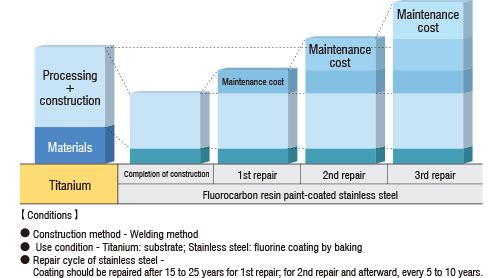
Type of Titanium and the Standards
| Category | typical chemical compositions | properties |
|---|---|---|
| Commercially pure titanium | JIS class 1 to 4 / ASTM GR 1 to 4 | Good formability (Grade 1) Relatively high strength (Grade 4, TS=700MPa) |
| Low alloyed corrosion resistant titanium | Ti-0.15Pd | high corrosion resistance |
| α type titanium alloy | Ti-5Al-2.5Sn | Good creep resistance Good weldability |
| α + β type titanium alloy | Ti-6Al-4V Ti-5Al-1Fe* Ti-5Al-2Fe-3Mo* |
Age-hardenability Difficult to be cold-formed |
| β type titanium alloy | Ti-15V-3Al-3Cr-3Sn Ti-20V-4Al-1Sn* |
Age-hardenability Cold formable |
* Nippon Steel's original alloys
Contact Information
For further product information
Product Quotes, and inquiries without complete information required in inquiry form may not be responded to. Selection of inquiries for reply online is at the sole discretion of Nippon Steel. We appreciate your understanding.

